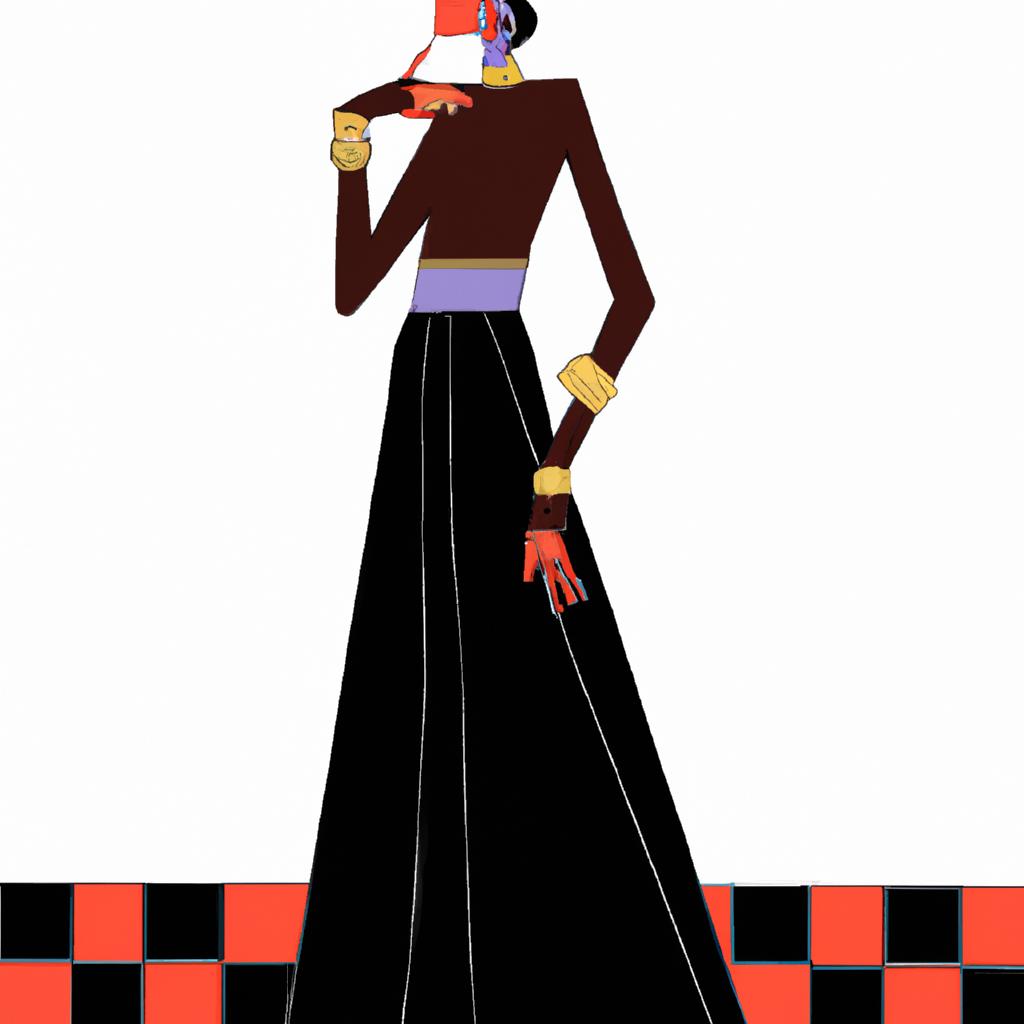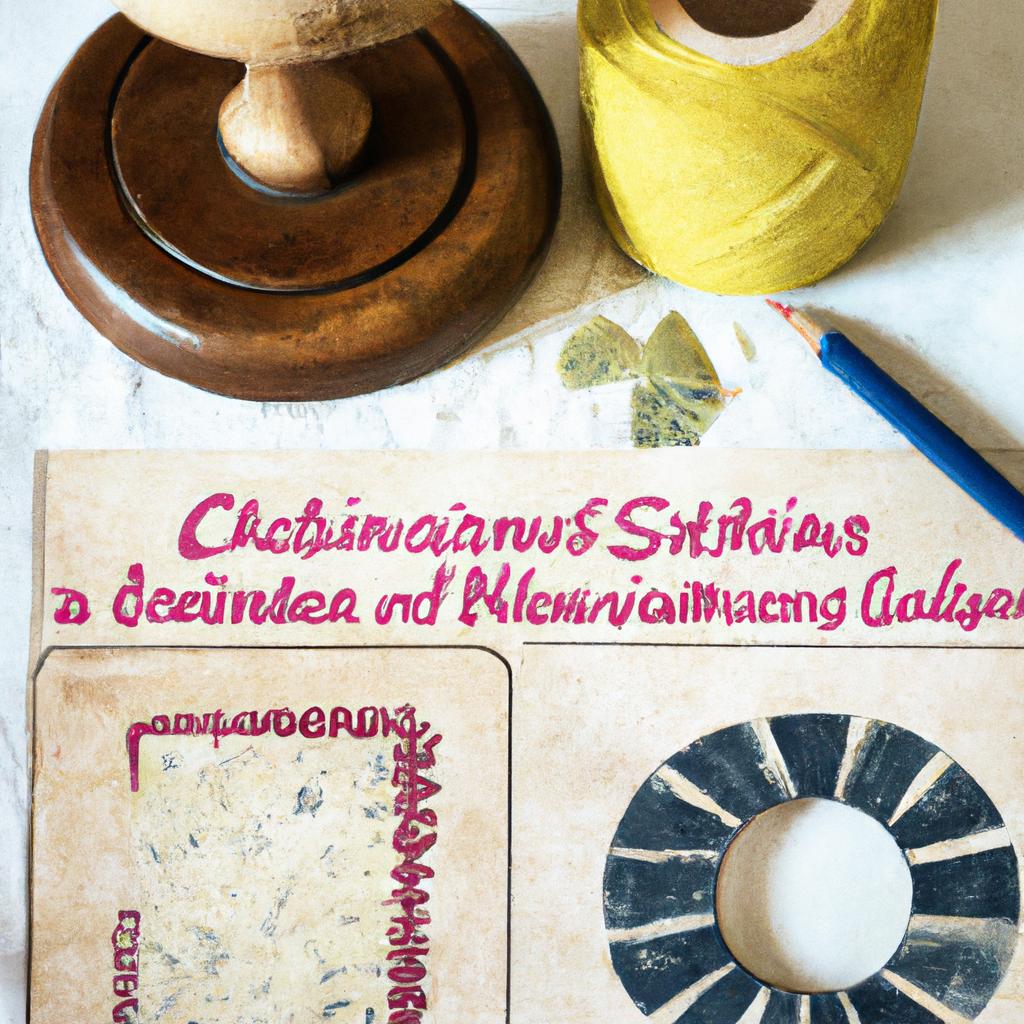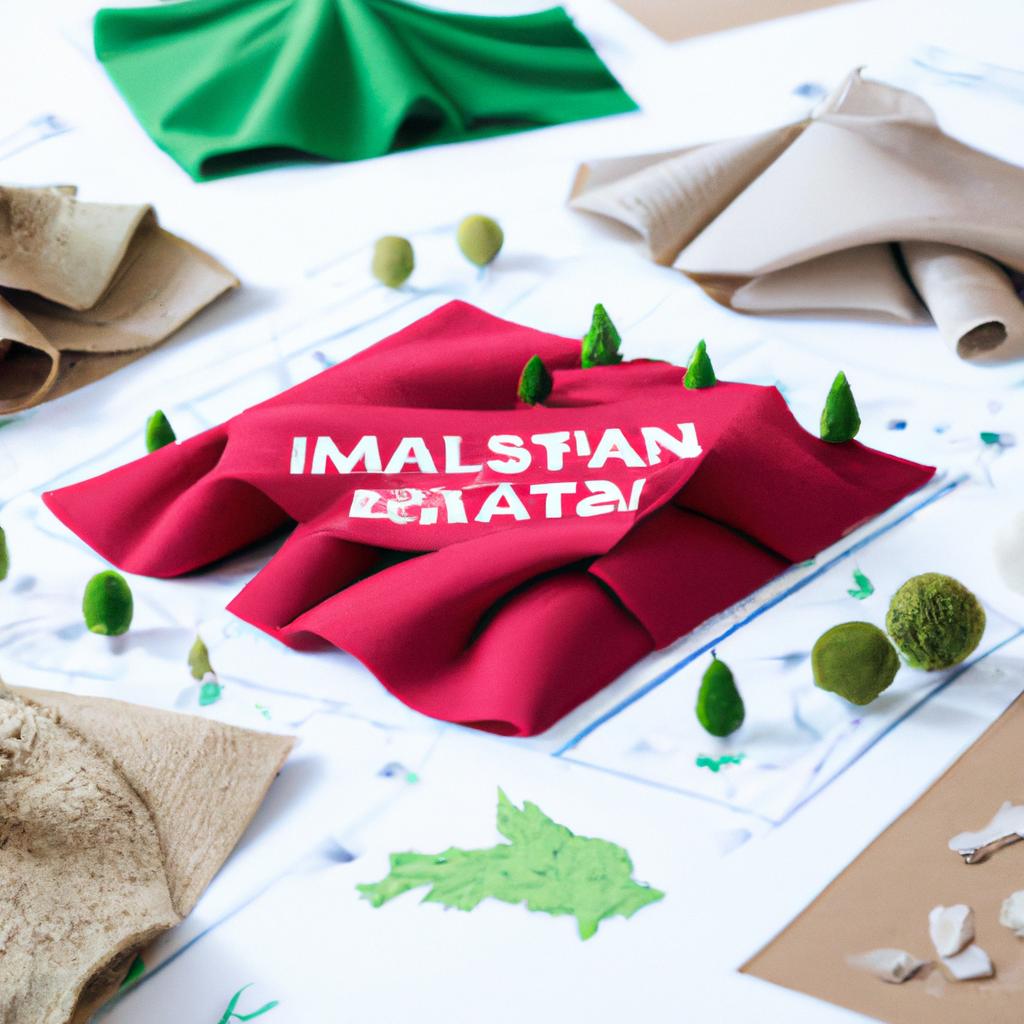In a world where boundaries dissolve and cultures intertwine, fashion stands as a vibrant testament to global diversity and creativity. “Global Style: Exploring Designers Worldwide in the Fashion Encyclopedia” invites you on an enchanting journey through the kaleidoscope of contemporary design, celebrating the unique voices and visions that emerge from every corner of the globe. From the bustling streets of Tokyo to the chic ateliers of Paris, each designer weaves a narrative that reflects not only their heritage but also the ever-evolving landscape of style. This article serves as a gateway to understanding how cultural influences and personal experiences converge to create garments that resonate far beyond their physical form. Join us as we unveil the artistry and innovation of designers who are shaping the future of fashion, transcending borders and uniting us all in a shared appreciation for beauty and creativity.
Global Influences: How Cultural Heritage Shapes Contemporary Fashion Design
Cultural heritage serves as a vibrant tapestry for contemporary fashion design, weaving together threads of history, tradition, and innovation. As designers draw from their roots, they create pieces that not only reflect personal identity but also tell stories of collective experiences. For instance, the use of traditional textiles, complex patterns, and distinctive techniques often infused with modern twists showcases a harmonious blend of the old and new. Key influences include:
- Textile Traditions: The intricate handloom textiles of India, the bold prints from African cultures, and the delicate lacework of European backgrounds come together in various forms to highlight a designer’s unique background.
- Artistic Inspirations: Many contemporary designers reference historical art movements, such as the intricacies of Byzantine mosaics or the fluidity of 19th-century Impressionism, to inform their creative direction.
- Ritual and Ceremony: Elements of ceremonial attire, such as kimonos, saris, and traditional dresses, continue to inspire runway collections, adapting these garments to modern sensibilities without losing their cultural significance.
Furthermore, the cross-cultural exchange occurring in the fashion industry encourages a global dialogue that expands the boundaries of design. Many fashion houses now prioritize **sustainability** by reviving ancient techniques and using locally sourced materials, fostering a greater appreciation for craftsmanship. Designers worldwide are cultivating connections based on mutual respect for heritage, ensuring that their collections not only appeal to a modern audience but also honor their origins. This shift is evident in diverse fashion weeks and showcases across the globe, where the following trends stand out:
| Trend | Description |
|---|---|
| Local Artisanship | Collaboration with local artisans to create unique, handcrafted pieces. |
| Eco-Conscious Design | Utilizing sustainable materials and ethical production methods. |
| Heritage Revival | Incorporating traditional motifs and patterns into modern silhouettes. |

Innovative Techniques: Crafting Unique Styles through Global Collaboration
In the ever-evolving landscape of fashion, innovative techniques are redefining how designers collaborate across cultures. By blending traditional craftsmanship with modern technology, artisans from diverse backgrounds are creating unique styles that resonate on a global scale. This fusion not only enhances aesthetic appeal but also fosters a deeper understanding of cultural narratives, ultimately celebrating the art of fashion as a universal language. Designers are utilizing methods such as:
- 3D Printing: Allowing for intricate designs and minimizing waste.
- Augmented Reality: Enhancing the shopping experience through virtual try-ons.
- Eco-friendly Materials: Prioritizing sustainability without compromising on style.
Collaborative projects have emerged as platforms for sharing innovative ideas, enabling brands to push the boundaries of creativity. For instance, cross-border partnerships are increasingly common, with designers from continents merging their distinct aesthetics to produce fashion that tells a multicultural story. Recent collaborations have showcased remarkable results, including:
| Designer Pairing | Notable Collection |
|---|---|
| Japanese & Italian Designers | Street Chic Meets Tailored Elegance |
| African & Scandinavian Creatives | Bold Patterns and Clean Lines |

Sustainability in Fashion: Promoting Ethical Practices across International Borders
In a world where fashion often meets fast trends, many designers are reimagining their approaches to weave sustainability into the very fabric of their creations. Across continents, a wave of ethical practices is emerging, and these innovators are crafting collections that prioritize environmental stewardship and social responsibility. By utilizing **eco-friendly materials**, such as organic cotton, Tencel, and recycled fabrics, they not only reduce waste but also minimize their carbon footprints. Moreover, these designers are embracing **transparency** in their supply chains, allowing consumers to understand the journey of their garments from source to storefront.
To further promote ethical practices, international collaborations are becoming increasingly vital. Designers are forming alliances with artisans from diverse cultures, empowering local communities while preserving traditional crafts. This cross-cultural exchange generates a unique fusion of style and technique, resulting in products that are both beautiful and meaningful. Consider the following table that highlights a few notable international designers who champion sustainability:
| Designer | Origin | Sustainable Focus |
|---|---|---|
| Gabriela Hearst | Uruguay | Luxury fashion with a zero-waste philosophy |
| Stella McCartney | UK | Vegan and cruelty-free materials |
| Reformation | USA | Carbon-neutral practices and recycled materials |
| Isabella D | India | Fair trade practices and artisan empowerment |
Concluding Remarks
As we close the pages on this global journey through the vibrant tapestry of fashion, we are reminded that style knows no borders. Each designer featured in our exploration contributes a unique thread to the ever-evolving narrative of style, reflecting diverse cultures, histories, and aspirations. The Fashion Encyclopedia serves as a testament to this collective creativity, celebrating the artisans who push boundaries and redefine norms across continents.
In a world increasingly connected, it’s essential to appreciate the distinct contributions that emerge from different corners of the globe. Whether you’re inspired by the bold patterns of African textiles, the minimalist aesthetics of Scandinavian design, or the avant-garde visions of Japanese creators, remember that fashion transcends mere clothing—it is a language that tells our stories and connects us all.
As you delve deeper into the realms of global fashion, let this encyclopedia be your guide and inspiration. Continue to explore, discover, and embrace the diverse voices that shape the world of style. After all, in the vibrant ecosystem of fashion, every designer has a story worth telling, and every thread has the potential to weave a brighter future.

